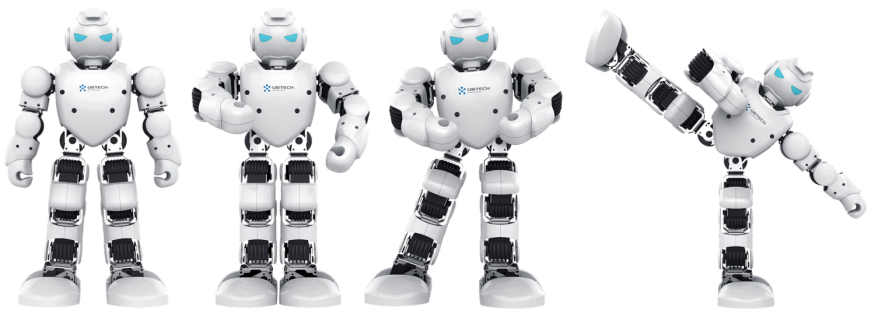As part of her assistive technology research, an assistant professor of biomedical engineering created a sophisticated humanoid robot.

Humanoid Robot Skilled in Tai Chi
The two-foot-tall humanoid robot is a NAO robot. Dubbed by its creators as the Tai Chi leader, it is a highly sophisticated system that can be programmed with specific functions and tasks.
Zhi Zheng, an assistant professor of biomedical engineering in RIT's Kate Gleason College of Engineering, said that they don't have to build their own robot hardware because good commercial platforms are available. Yet, how it behaves solely depends on how they design the control programs. She said that the central part of their research is how they control the robots to do cognitive and physical instruction properly. She added that the robot does not know how to behave coming out of the box. So, they teach it how to function.
Tai Chi, a popular mind-body exercise, is consisted of choreographed movements, meditation, and proper breathing. To memorize the patterned gestures, the professional must use various cognitive functions, including working memory and visual-spatial processing. Movement increases blood flow through the brain, which has been shown to benefit longevity, memory, and learning in older adults.
The use of robots as facilitators is a growing research area, and Zheng has observed a shift from lab-based work to community-based field studies.
Reseacher's Perspective on Developing a Humanoid Robot Skilled in Tai Chi
Zheng's robot is skilled at Tai Chi. Yet it also has the potential to improve cognitive function and provide insights into how people interact with robots in a variety of settings. Zheng and her research team hope the robot will soon lead a class of senior citizens at a local community center. She is an assistant professor of biomedical engineering at RIT's Kate Gleason College of Engineering.
According to TechXplore, the researcher's work investigates human-machine intelligence. It draws on her expertise in developing robotics and virtual reality systems. She is part of a larger RIT cross-disciplinary team developing assistive technologies based on artificial intelligence and robotics.
She stated that her primary research focus is on people with developmental disorders. Many core technologies can be applied to other populations, such as elderly people with mild cognitive impairment.
She is also the head of the Intelligent Interaction Research Lab, which is focused on several funded technology-mediated initiatives, such as healthcare for older adults with multiple chronic conditions and interventions for people with Autism Spectrum Disorder.
ALSO READ: Child Robot Nikola Can Convey Six Basic Emotions But Humanoid Lacks a Body
Lab-based Work to Community-based Field
The use of robots as facilitators is a growing area of research, and Zheng has observed a shift from lab-based work to community-based field studies.
She said that everything in the lab is controlled. Because of this, people can be nervous and cautious. It does not reflect their natural reactions.
Now the field is trying to understand and study what might happen if the technology was moved out of the engineering building and into a community center. The possible scenario is that people are relaxed, and their reactions will be more natural using new technology.
She stated that technology must be easily controlled by a non-expert, which relates to their interface design. They want their robot to be operated by a community center leader or social worker because technology is meant to serve people. It must be appropriate for the community.
Check out more news and information on Technology in Science Times.
© 2025 ScienceTimes.com All rights reserved. Do not reproduce without permission. The window to the world of Science Times.










